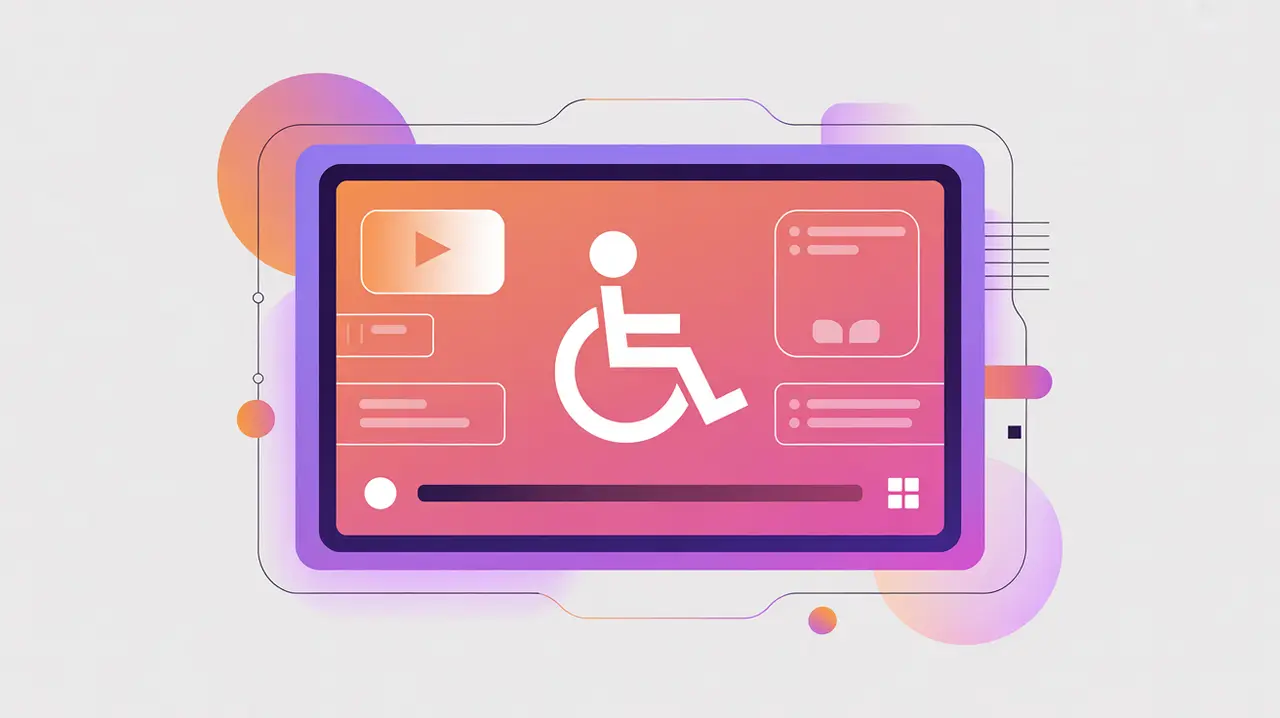Importance of Accessibility Services
Accessibility Services are digital tools and features designed to make technology usable for people with disabilities or other access needs. These include screen readers, text-to-speech, captioning, voice input, haptic feedback, and AI-powered accessibility enhancements. Their importance today lies in the principle of digital inclusion: ensuring that everyone, regardless of ability, can participate in and benefit from digital systems.
For social innovation and international development, accessibility services matter because mission-driven organizations work with diverse communities, including people who are often marginalized by inaccessible technologies. By embedding accessibility, organizations expand reach, uphold equity, and comply with inclusive design standards.
Definition and Key Features
Accessibility services are integrated into operating systems (e.g., Apple VoiceOver, Windows Narrator), communication platforms (automatic captioning in Zoom or YouTube), and specialized assistive technologies. AI enhances these services through real-time transcription, image recognition for the visually impaired, and adaptive interfaces.
They are not the same as general usability features, which improve convenience but not necessarily inclusivity. Nor are they equivalent to one-size-fits-all solutions; accessibility services are tailored to specific needs, such as visual, auditory, cognitive, or motor impairments.
How this Works in Practice
In practice, accessibility services enable individuals to read digital content via screen readers, navigate interfaces using voice commands, or participate in meetings with live captions. AI tools can describe images, translate sign language, or simplify text for users with cognitive disabilities. Designing with accessibility in mind often improves usability for all users, such as when captions benefit both hearing-impaired users and those in noisy environments.
Challenges include inconsistent adoption, the costs of implementing specialized tools, and limited awareness of accessibility best practices among developers. Ensuring accessibility in low-bandwidth or resource-constrained contexts also remains a challenge, making lightweight solutions critical.
Implications for Social Innovators
Accessibility services expand impact for mission-driven organizations. Health initiatives can use AI captioning to ensure medical information reaches patients with hearing impairments. Education programs can deploy screen readers or adaptive learning apps for students with disabilities. Humanitarian agencies can ensure crisis communication is accessible across visual, auditory, and literacy barriers. Civil society groups can advance equity by modeling inclusive design in their advocacy and outreach.
By embedding accessibility services, organizations demonstrate commitment to inclusion, ensuring that no one is left behind in the digital transformation of social good.







